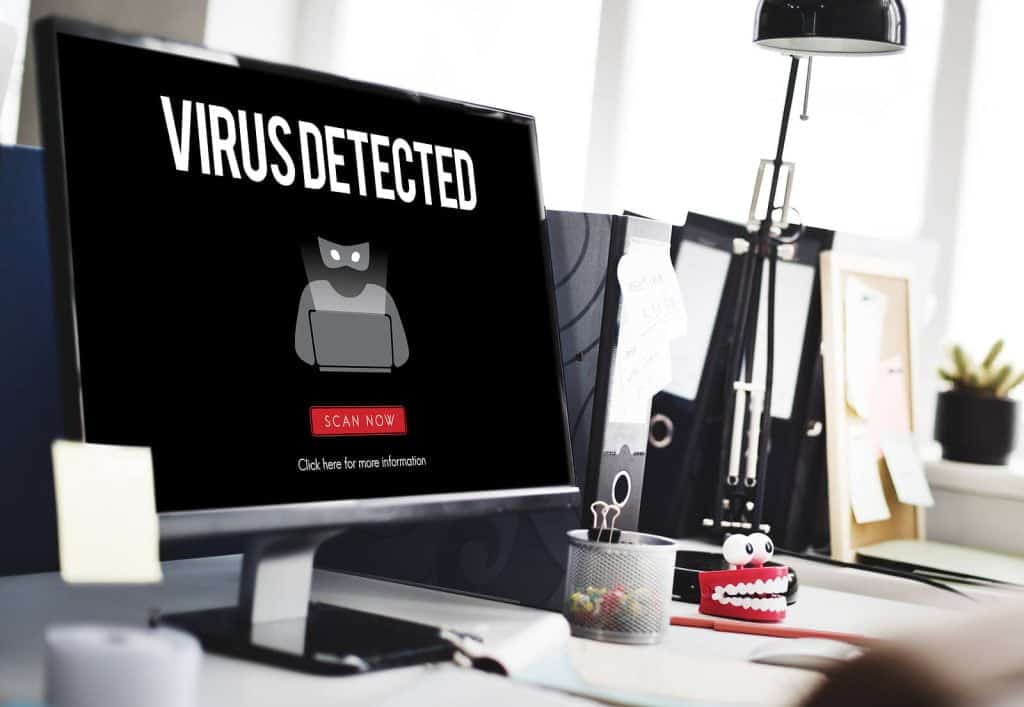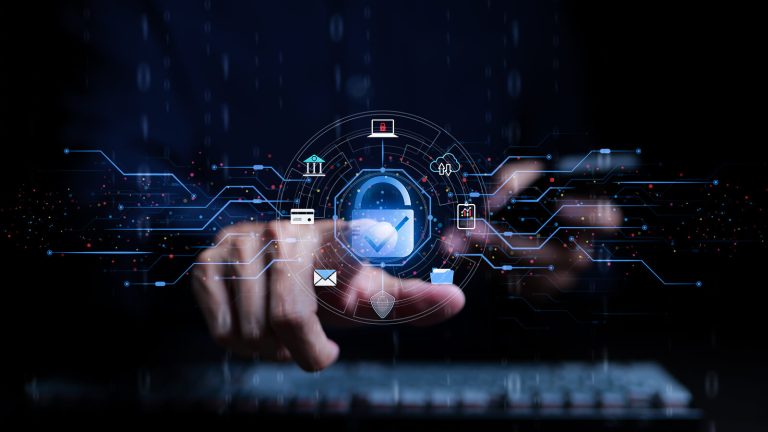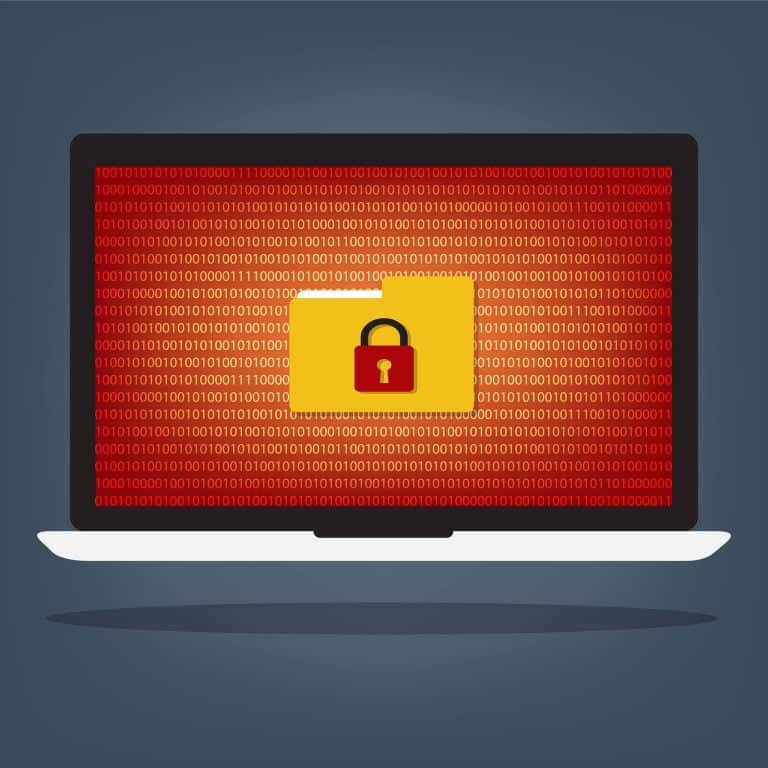What Is Malware?
Malware, an abbreviation of malicious software, is any software intended to harm or disrupt computer systems, networks, or devices. Malware can take many forms, including viruses, worms, trojan horses, ransomware, spyware, and adware.
Table of Contents
ToggleThese malicious programs can be introduced to a system in various ways, such as through infected email attachments, downloaded software, or malicious websites. Once installed on a system, malware can cause various issues, including data theft, system crashes, and unauthorized access to sensitive information.
Most Common Malware Types
1. Virus
Computer viruses are malware that infects a system by inserting its code into legitimate programs or files. When the infected program or file is executed, the virus spreads throughout the system and can cause damage by corrupting or destroying data, stealing personal information, or installing other malware. Viruses can spread through infected email attachments, downloads, or USB drives.
2. Worm
A computer worm is a self-replicating malware that spreads from one computer to another, typically through network connections or email. Unlike viruses, worms do not require a host program or file to infect a system. Worms can spread rapidly and cause network congestion, slowdowns, and crashes. Some worms are designed to carry out specific tasks, such as stealing data or launching DDoS (Distributed Denial of Service) attacks.
3. Trojan
A Trojan, or Trojan horse, disguises itself as a legitimate file or program to trick users into downloading or executing it. Once installed on a system, Trojans can perform a variety of malicious actions, such as stealing personal information, installing other malware, or providing remote access to the infected system. Trojans are often distributed through phishing emails, fake software updates, or compromised websites.
4. Ransomware
Ransomware is a form of malware that encrypts a user’s files or locks them out of their system and demands a ransom payment in exchange for restoring access. Ransomware typically spreads through infected email attachments or malicious downloads.
Some variants of ransomware are capable of spreading to other systems on a network and can cause widespread damage. Ransomware attacks can be devastating for individuals and businesses, as they can result in the loss of important data and incur significant financial costs.
5. Spyware
Spyware is a subset of malware that secretly collects information about a user’s online activity and sends it to a remote server. Spyware can capture sensitive information such as credit card numbers, passwords, and browsing history.
Spyware can be distributed through infected downloads or installed through malicious website ads. Some spyware is designed to be difficult to detect and can remain on a system for long periods of time.
6. Adware
Adware is malware that displays advertisements without permission on a user’s system. Adware can be installed alongside legitimate software or downloaded as a separate program. Adware can slow down a system, track users’ online activity, and display malicious ads. Some adware is designed to be difficult to remove and can continue to display ads even after the installed program has been uninstalled.
7. Botnet
A botnet is a network of computers that have been infected with malware and can be controlled remotely by a third party. Botnets can be used to carry out various malicious activities, such as launching DDoS attacks, sending spam emails, and stealing personal information.
Botnets can be created by distributing Trojans or other malware that allows an attacker to gain control of a system. Botnets are often used for profit by cybercriminals, who can rent out their botnets to other attackers or use them to carry out their own attacks.
Malware Protection Best Practices
Tighten Your Access Controls
Securing access to your systems and data is crucial for preventing unauthorized access and reducing the impact of malware attacks. Implementing the following access control best practices can significantly enhance your information security and cybersecurity posture:
- Multi-factor authentication (MFA): MFA requires users to provide two or more independent factors for authentication, such as something they know (password), something they have (smartphone or token), and something they are (biometric data). MFA makes it more difficult for attackers to gain unauthorized access, even if they have compromised a user’s credentials.
- Conditional access: This approach requires users to meet specific conditions, such as device compliance, location, or risk level, before granting access to resources. By enforcing context-aware policies, conditional access can minimize the attack surface and prevent unauthorized access to sensitive data.
- Zero trust: The zero trust model assumes that no user, device, or network should be trusted by default, even if they are located within the organization’s perimeter. Implementing a zero-trust approach involves continuously validating the identity and trustworthiness of users and devices, segmenting networks to limit lateral movement, and applying least-privilege access controls.
Perform Vulnerability Assessments
Regular vulnerability assessments are essential for identifying and addressing security weaknesses in your IT infrastructure. Vulnerability assessments typically involve scanning systems, applications, and networks to detect known vulnerabilities and configuration issues.
The process includes:
- Identifying assets and defining the scope of the assessment.
- Scanning the assets for known vulnerabilities using automated tools and manual techniques.
- Analyzing the results to determine the risk posed by each vulnerability.
- Prioritizing the vulnerabilities based on their potential impact and likelihood of exploitation.
- Remediating the identified vulnerabilities by applying patches, implementing security controls, or making configuration changes.
Manage the Attack Surface
Minimizing the attack surface reduces the number of potential entry points for malware and other threats. Key strategies for managing the attack surface include:
- Regularly updating software and applying security patches to fix known vulnerabilities.
- Removing unnecessary applications, services, and protocols that may expose your systems to threats.
- Implementing network segmentation to isolate sensitive systems and prevent lateral movement.
- Limiting the use of administrative privileges and enforcing the principle of least privilege.
- Employing strong encryption for data at rest and in transit.
Implement Data Backups
A robust data backup strategy is crucial for safeguarding data against malware attacks, hardware failures, and other disasters. The Cybersecurity and Infrastructure Security Agency (CISA) recommends the 3-2-1 rule for creating a resilient backup strategy:
- Maintain at least three copies of your data: the original data and two backup copies. This ensures that, even if one backup is compromised or lost, you have another to fall back on.
- Store the backup copies on at least two different types of media. This mitigates the risk of data loss due to media-specific vulnerabilities, such as a hard drive failure or a vulnerability in cloud storage.
- Keep one backup copy offsite, ideally in a geographically separate location. This protects your data from local threats such as natural disasters, fires, or theft.
Implement Employee Training
Employee training and awareness are crucial for preventing social engineering attacks like phishing and reducing the likelihood of accidental security incidents. Effective security education programs should include the following:
- Regular training sessions that cover essential cybersecurity topics, such as password management, phishing awareness, and safe browsing habits.
- Real-world simulations, such as mock phishing emails, test employees’ ability to recognize and respond to threats.
- Ongoing reinforcement of security best practices through posters, newsletters, or emails to keep cybersecurity at the forefront of employees’ minds.
- Creating a security-conscious culture that encourages employees to report suspicious activities and share their concerns without fear of retribution. This can help organizations identify and address potential security incidents more quickly.
- Offering advanced training for employees in critical roles or those with access to sensitive information. Attackers may target these employees and should be equipped with the knowledge to detect and respond to more sophisticated threats.
Conclusion
In conclusion, organizations today face an increasingly diverse and evolving array of malware threats, including viruses, worms, Trojans, ransomware, spyware, adware, and botnets. Understanding the characteristics and potential impact of each type of malware is essential for developing effective cybersecurity strategies.
By implementing a multi-layered defense approach that includes a robust data backup strategy, tightening access controls, performing regular vulnerability assessments, managing the attack surface, and educating employees on cybersecurity best practices, organizations can significantly reduce their risk of falling victim to malware attacks.
Maintaining a proactive and adaptable security posture is key to safeguarding critical assets, ensuring business continuity, and fostering trust among customers and partners in an ever-changing threat landscape.
FAQ
A: Several common types of malware pose a threat to organizations. These include viruses, worms, Trojans, ransomware, spyware, adware, and botnets. Each type has its characteristics and methods of infiltrating and causing harm to computer systems and networks.
A: Organizations can implement various measures to protect themselves from malware attacks. These include using robust antivirus and anti-malware software, regularly updating operating systems and software applications, educating employees about safe browsing habits and email practices, implementing strong and unique passwords, regularly backing up critical data, enabling firewalls and intrusion detection systems, and conducting regular security audits and vulnerability assessments.
A: Malware can enter an organization’s systems through various infection vectors. Common vectors include malicious email attachments, infected websites or ads, social engineering tactics like phishing emails or deceptive downloads, compromised software installations, and removable media such as USB drives. Organizations need to be vigilant and employ security measures to mitigate these vectors.
A: Ransomware is malware that encrypts files or locks down systems, demanding a ransom for their release. It poses a significant threat to organizations as it can cause operational disruptions, data loss, financial losses, and reputational damage. To defend against ransomware, organizations should regularly back up critical data, maintain offline backups, educate employees about phishing and suspicious email attachments, apply software patches and updates promptly, use reputable security software, and implement network segmentation to contain potential infections.
A: If an organization detects a malware infection, prompt action is necessary. The infected system should be isolated from the network to prevent further spreading. Incident response plans should be activated, involving IT and security teams. Infected systems should be cleaned using trusted antivirus software, and affected passwords should be changed. It is crucial to assess the extent of the damage, identify the malware type, and implement measures to prevent future infections, such as strengthening security controls and educating employees about the incident and best security practices.




